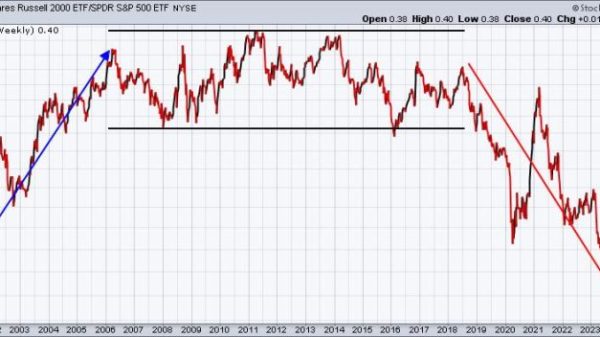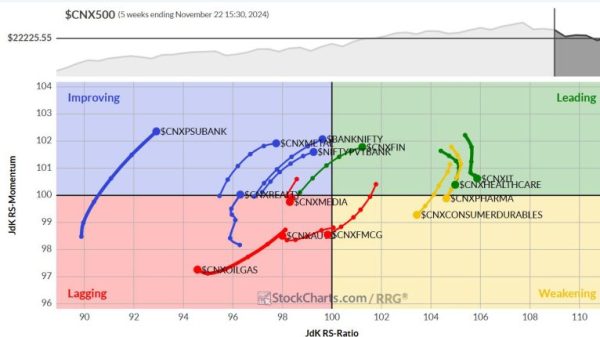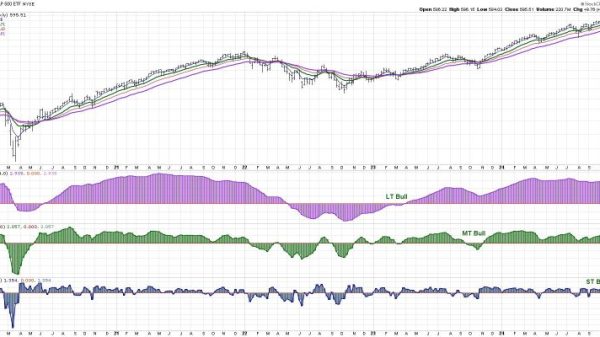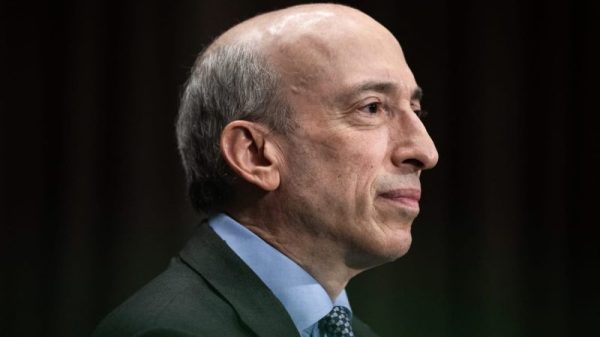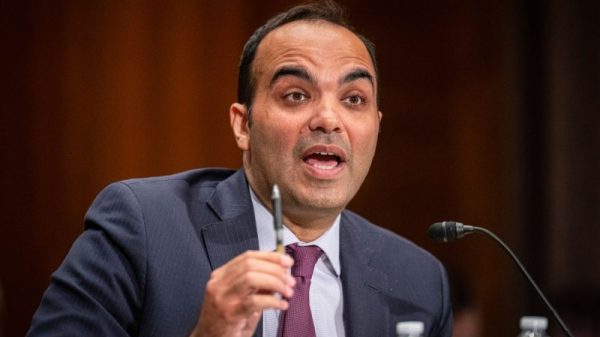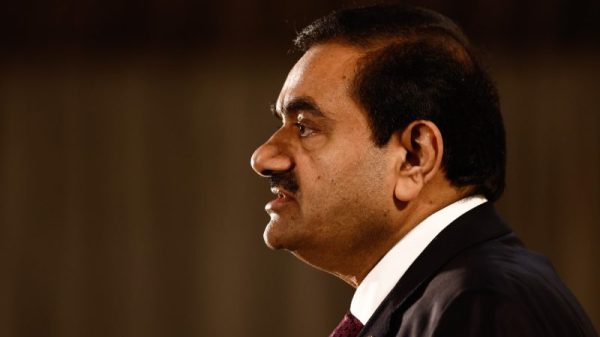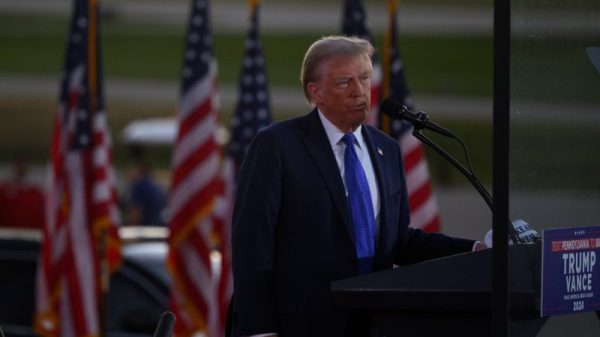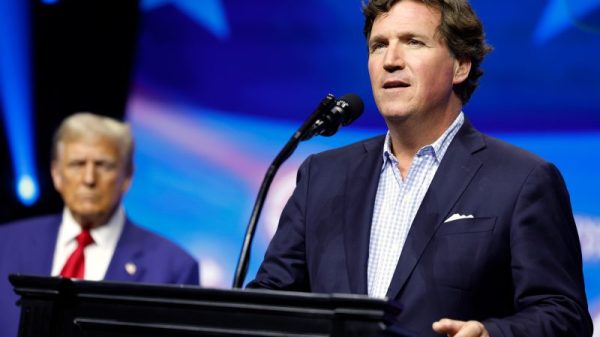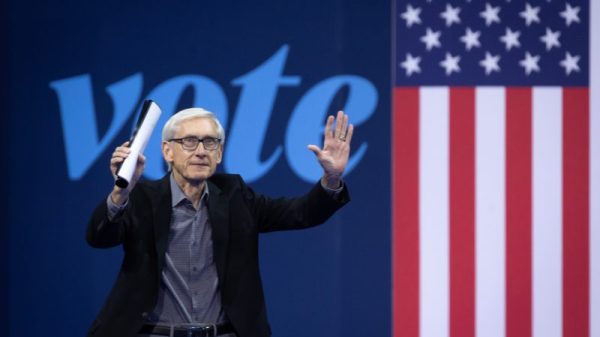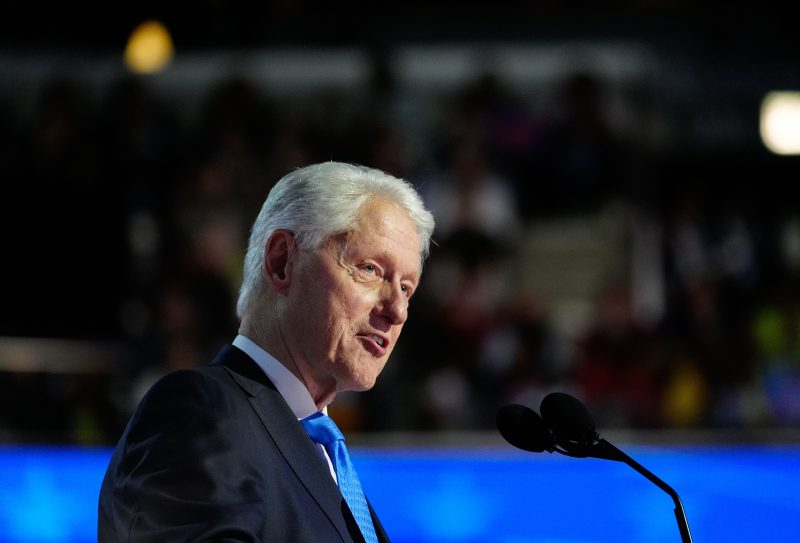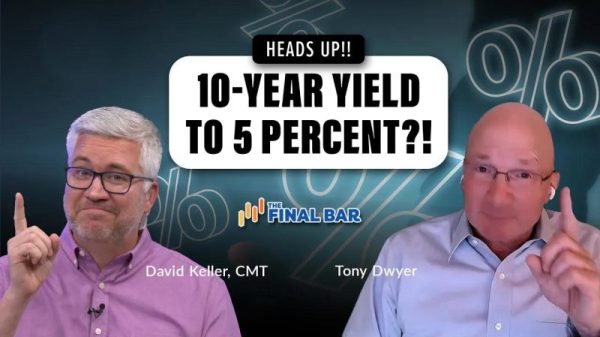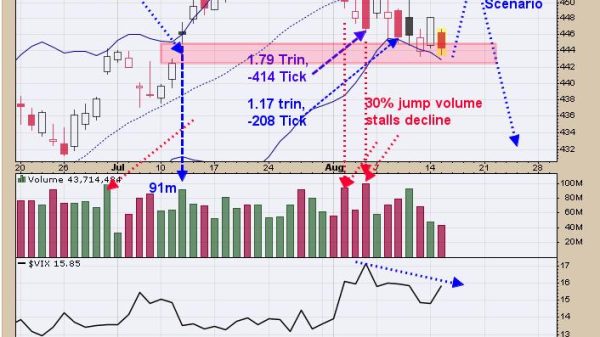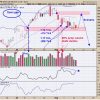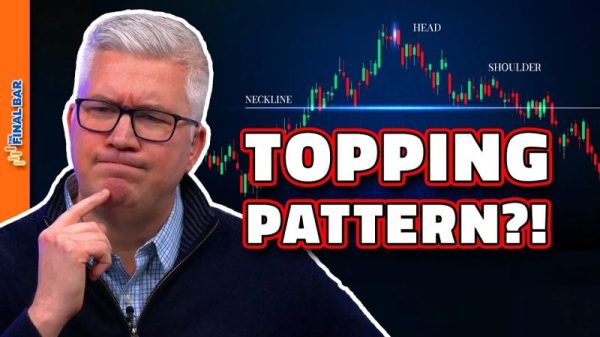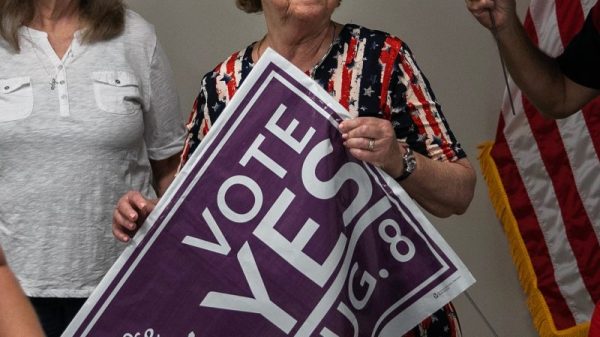Former president Bill Clinton, speaking during the third night of the Democratic convention on Wednesday, presented a bit of data meant to promote his party — and, indirectly, his period in office.
“You’re going to have a hard time believing this, but so help me, I triple-checked it,” Clinton began. “Since the end of the Cold War in 1989, America has created about 51 million new jobs. I swear I checked this three times. Even I couldn’t believe it. What’s the score? Democrats 50, Republicans one.”
That is: 50 million jobs added under Democratic presidents and 1 million under Republicans.
“One,” Clinton continued. After referring to vice-presidential nominee Tim Walz’s past job as a high school football coach, Clinton spiked the ball. “But even the most limited of us in what we know about football, or any other sport, knows that if you’ve got 50 and the other side’s got one, you’re ahead.”
This is one measure, obviously selected for effect. But Clinton’s not wrong.
There have been six presidents since 1989, three from each party. Under the three Democrats — Clinton, Barack Obama and Joe Biden — there was a cumulative increase of 50 million more people working between the starts of their terms and the ends. Under the three Republicans — George H.W. Bush, George W. Bush and Donald Trump — the cumulative total was, in fact, only 1 million. (That’s starting at the beginning of the elder Bush’s term, not the fall of the Berlin Wall a few months later that marked the start of the Cold War’s demise.)
There is an avalanche of caveats that apply here, certainly. One is that “increase in people working” is not fully equivalent to “jobs created,” nor is it necessarily a measure of the policies or administration of the presidents.
It’s also the case that both George W. Bush and Trump saw calamities during their presidencies that significantly reduced employment: the recession under Bush and the coronavirus pandemic under Trump. But you can also see how this brings us back to the uncertainties just mentioned. Could the job loss during those events have been more limited under different presidents?
If we extend the point backward a bit further, to the end of World War II, the difference is still striking. Each party has had seven presidents since that time, with 88 million jobs added under Democrats and 32 million under Republicans.
Take out the post-Cold War period and you see that the distinction is more modest: 38 million under Democrats to 31 under Republicans. There is, however, still a distinction.
Of course, these presidents also had different durations in office. John F. Kennedy wasn’t in office as long as his predecessor, Dwight D. Eisenhower. So it would make sense if the country added fewer jobs during his administration. (As it turns out, it didn’t, but you get the point.)
If we adjust employment increases by months in office, we still see a difference — particularly since George H.W. Bush in 1989.
Again, more caveats can be sprinkled over all of this. Job growth under Biden was increased to some extent because employers were getting back up to speed after layoffs at the outset of the pandemic, for example.
So what happens if we take just the middle two years of Trump’s and Biden’s terms and compare them? That eliminates the covid effects for Trump and the boost at the outset for Biden. It also gives a year during which their policies could be expected to have had an effect.
In 2018 and 2019, under Trump, the country added 4.3 million jobs. In 2022 and 2023, under Biden, it added 7.5 million jobs.
You don’t have to be a sports whiz to see that seven puts you ahead of four, either.






